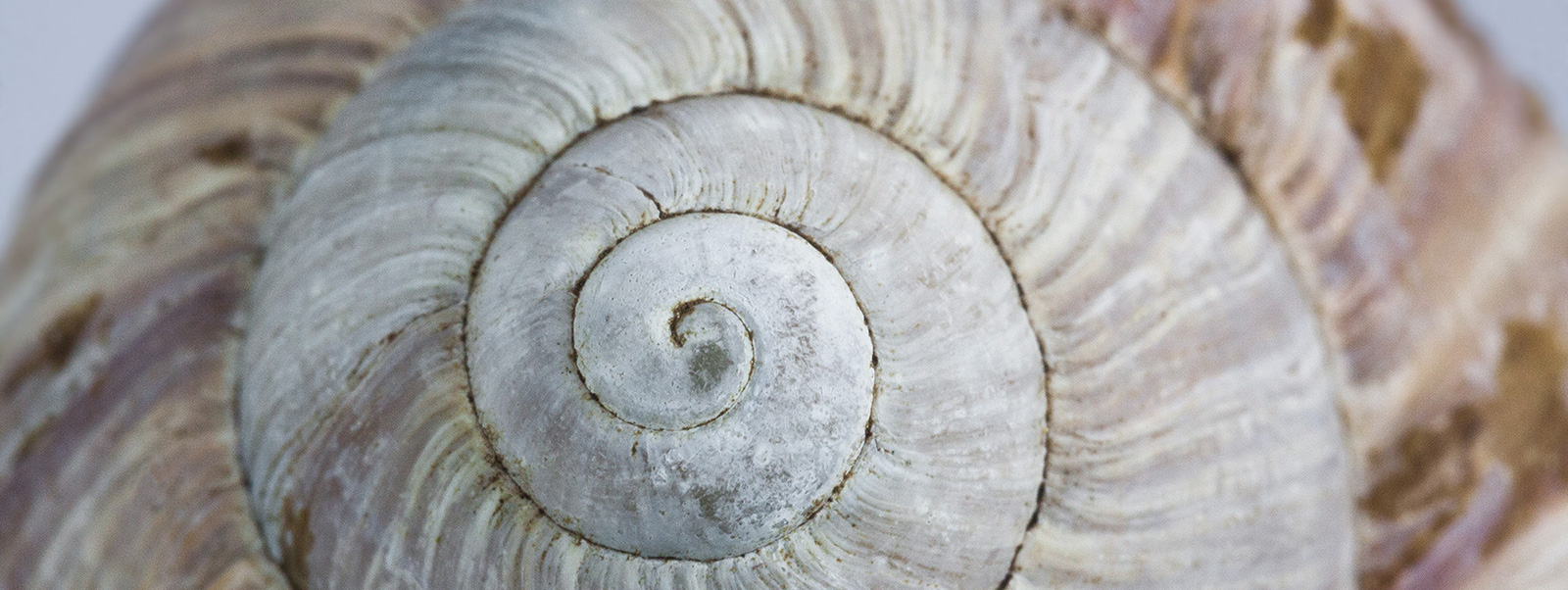Whisper a prayer to the moon
 Our creativity is the full expression of Who we are. It unfurls, like the rainbow-coloured tail of a kite on a windy day. It arcs through the clear blue skies of our imagination. It soars to distant galaxies. It whispers a prayer to the Moon.
Our creativity is the full expression of Who we are. It unfurls, like the rainbow-coloured tail of a kite on a windy day. It arcs through the clear blue skies of our imagination. It soars to distant galaxies. It whispers a prayer to the Moon.
Yet so many of us give up on ourselves so easily. Our inner critic curls her lips and whispers, “what a stupid idea” when we believe six impossible things before breakfast. As we hop-skip along the stanzas of a poem and turn cartwheels across the notes of a melody, we stop, suddenly, foolish. Then she says a little more sternly, “and just who do you think you are?” Awkward. Self-conscious, we judge and condemn ourselves to a life behind the bars of our meticulously constructed prison cells. Perhaps we blame the gaoler husband. Perhaps it is the ailing parent, the needy child, the punishing work schedule that keeps us securely padlocked, safe from our spontaneity, our joy. Pablo Picasso once said that “Every child is an artist; the problem is staying an artist when you grow up.” Jung spoke of the “Divine Child” archetype, “the child is that which brings the light into the darkness and carries the light before it.” Emmet Fox mentioned “The Wonder Child” – the true self, the Child that lives within each one of us that beckons us to spiritual regeneration. The Wonder Child archetype represents our soul’s yearning for trans-formation. It manifests as the sense of wonder, the awe that we feel when we look upon something greater than ourselves. The magic of believing, with unwavering certainty that miracles do happen. That everything will be alright in the end. It manifests in our delight as we follow a silvery snail trail that meanders across a dewy lawn to the fairy toadstools at the bottom of the garden; when we gaze in awe at the Milky Way. For so many of us The Wonder Child is an infant in exile, banished from our adult lives. Says Marion Woodman “As long as we are determined to move at our swift, logical pace, our child remains hidden. The soul-bird put away in a dark box in childhood needs time, needs silence to learn to trust again.” In the clatter of our over-scheduled lives, we fear our little soul-bird’s joyful song; we shy from the exuberance of our scarlet creativity.
The 17th century heralded a new evolutionary blooming on the World Tree. In the West, the Age of Reason – the Age of Rationalism – ushered in a philosophy that snuffed out the belief in miracles and wonder; relegated the “unseen” and the “mysterious” to the slag heap. The “irrational” was feared, trivialised, disowned. Science became the new religion. For almost 500 years, The Wonder Child lived and played with musicians, performers, poets, and painters. He lived in myths and fairy tales – the hero, the baby in the manager, The Little Prince. Collectively, we internalised the concept of the suffering artist. The creative person who carried the success and the failure of his or her own endeavours utterly alone. This heavy burden crushed the creative life force from those who embody The Muse. Keats, Byron, Plath, Jonker, Joplin, Winehouse … crumpled wings, broken bodies piled high upon the funeral pyre of creative genius.
Is this a symptom of the hubris that lifts us on feather and wax wings that melt as we fly too close to the Sun? Do we carry the Collective Wonder Child on our shoulders, stagger under the weight of our divine burden? Must we, like the wretched Eve, be condemned by a misogynistic psychopath god who proclaims spitefully, “I will sharpen the pain of your pregnancy, and in pain you will give birth.” Must we perish as we give birth to our creative progeny?
Carl Rogers and a team of psychologists made a study of the dynamics of creativity. The consensus would certainly not surprise a pre-schooler: the necessary ingredients were playfulness, spontaneity, the ability to be present, to live in the now, the ability to focus, a sense of wonder and the capacity to be one’s own “locus” of evaluation – to delight in what you have made. A tough call for the fragile psyche to straddle the magical, imaginal realm and the insatiable demands of a material world where we are only as good as our last offering on the altar of creativity. We speak of creative blocks. Resting actors. We silence the baying voices in our own heads with narcotics, alcohol. We open the door of the gas oven. To be playful, spontaneous, present, focused. To delight in what we have produced. A tough call when the rent is due and we must chop wood carry water. Not always easy when our teenager stays out all night drinking, when our father is ailing. Not always easy when we move through the lunar cycles of our relationships.
The ancient Greeks had Nine Muses, each one a chthonic divinity who bestowed in-spiration upon mere mortals – poetry, art, music, astronomy, and writing. The ancient Romans called upon The Genius. Author Elizabeth Gilbert proposes that we do not have to internalise the Muse. We do not have to live anxious, tortured lives. We do not need to self-destruct as we race after our Wonder Child. If, like the Greeks and Romans, we allow the anthropomorphic goddesses to bring us inspiration– from afar – we can remain mortals, not custodians, not neurotic wanna-be gods or goddesses. Not Wonder Children – 24-7.
To restore the Natural Order, these magical divinities must remain in their sacred groves. They must dwell at the crystal clear springs of prophecy. They must inhabit the walls of our work places. They may inspire us from afar. All we must do is show up when they call.
Says Elizabeth Gilbert, “Just do your job. Do your dance. If you glimpse some kind of wonderment just for a few moments… ‘Ole!’ to you, just for having the sheer human love and stubbornness to keep showing up.”
Art by Kay Nielson. Out flew the Moon.
Eleanor McEvoy – Whisper a Prayer to the Moon.
My darling, my darling
So crazy, so charming
It’s just that it happened too soon
But I send you my wishes
My hugs and my kisses
And whisper a prayer to the moon


